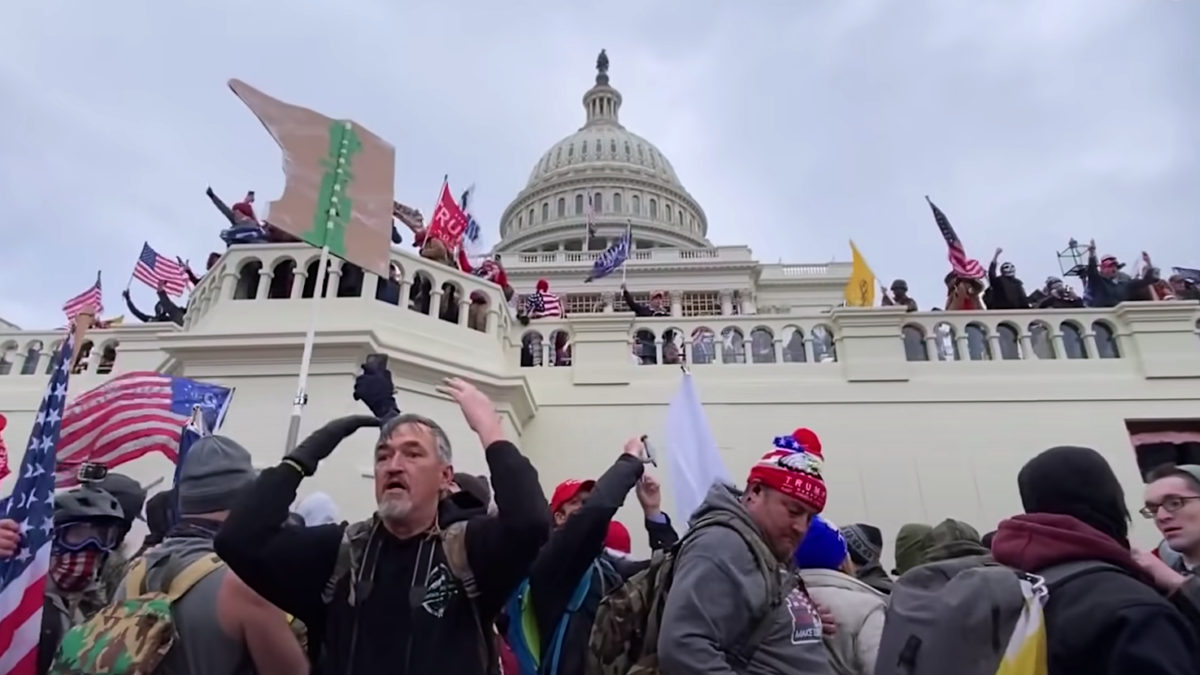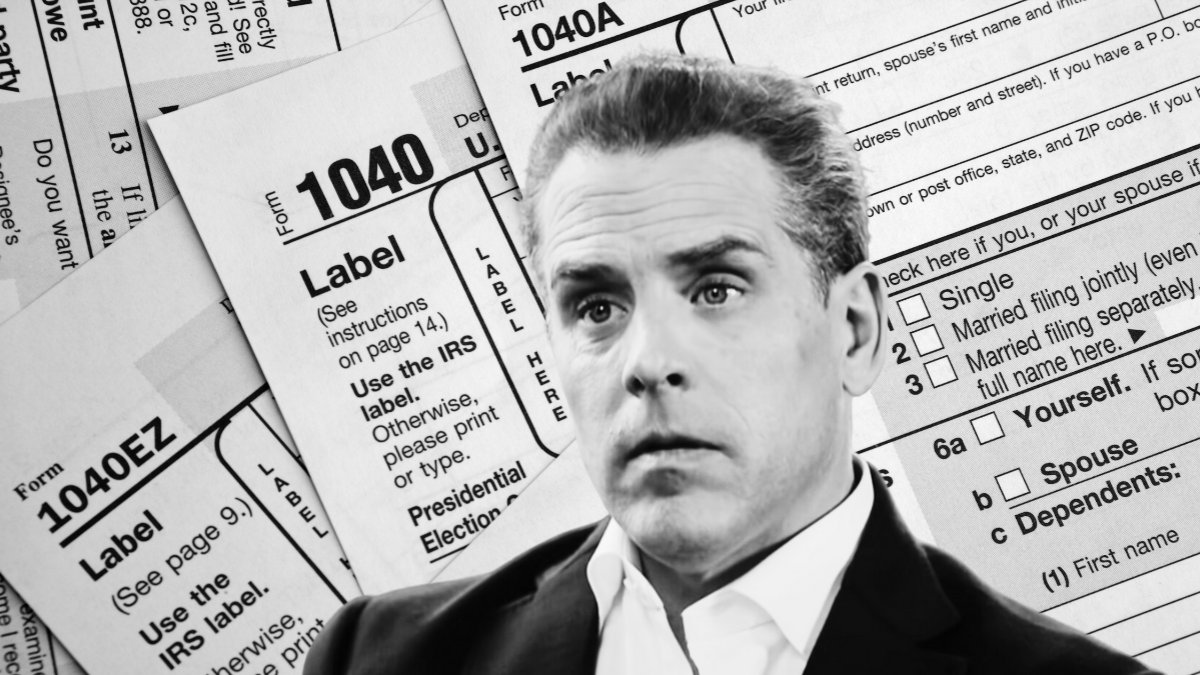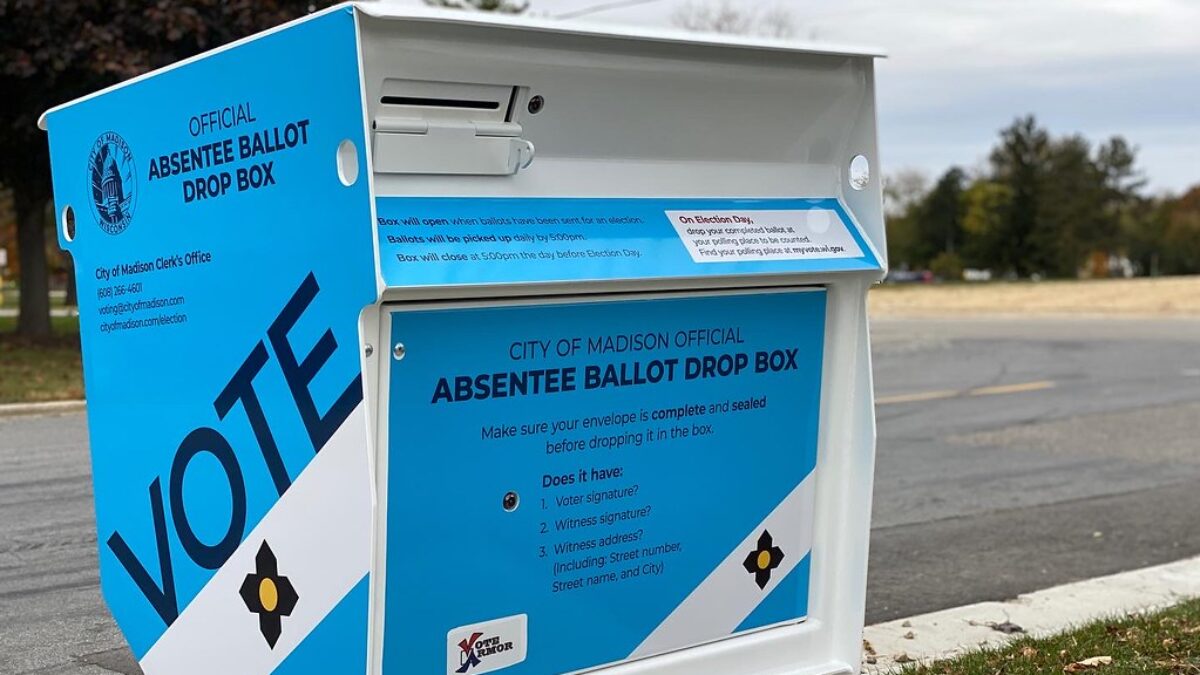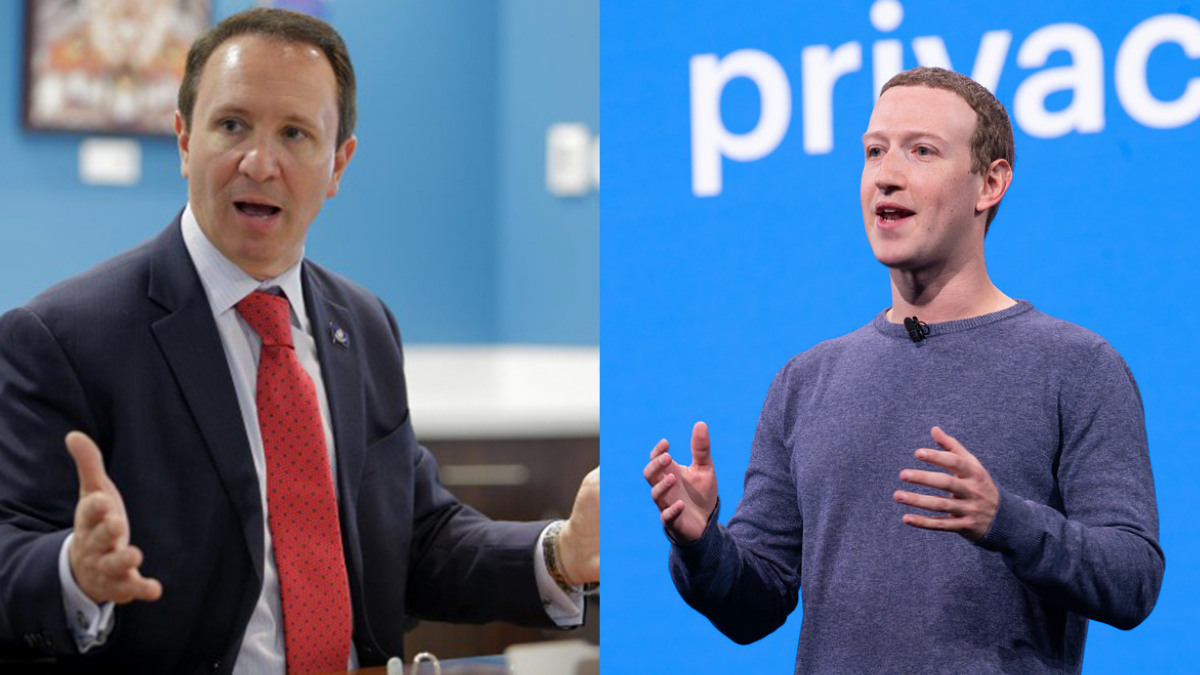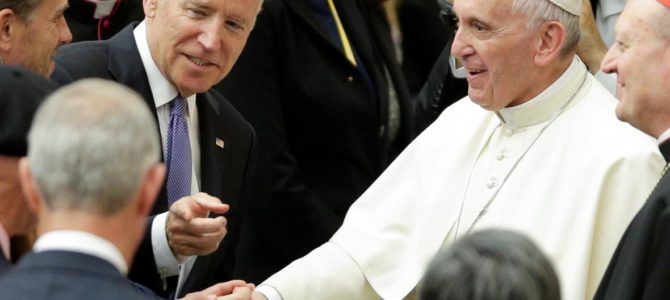
Historically, the Catholic vote has been a decisive swing demographic in elections—one that former Vice President Joe Biden could use to his advantage on the road to 2020, if he is careful in playing his Catholic card.
It’s tempting to underestimate Biden’s ties to the Catholic Church; after all, it’s not something very many people are talking about. But Biden grew up in the Catholic church, and thus belongs to a group of millions of Americans who claim to share similar religious beliefs. According to Bloomberg BusinessWeek, Catholics, which comprise about 20 percent of the U.S. population, are “arguably the largest group of swing voters in the country.”
In the past two presidential elections, the majority of Catholics voted for the winning party. CNN’s exit polls found that in 2012, 50 percent of Catholics voted Democratic, 48 percent voted Republican, and 2 percent declined to answer. That number would change in 2016 where 46 percent of Catholics voted Democratic, 50 percent voted Republican, and 4 percent chose not to disclose their vote.
Almost every other religious group is either decidedly Republican or decidedly Democratic. Jewish voters, for instance, have solidly voted blue in the past two presidential elections. The Protestant demographic, by contrast, voted almost entirely red. But with the Catholic vote, often small margins make large differences—and the margins are closer than ever before. In the last four midterm elections, the vote has flip-flopped between parties.
It’s a lot of numbers to pay attention to, but take a look.
The Pew Research Center found that in 2006, 55 percent of Catholics voted for Democratic candidates and 44 percent voted Republican. Four years later, the elections of 2010 saw 44 percent of Catholics vote Democratic and 55 percent vote Republican. Then in 2014, 45 percent voted blue and 54 percent voted red. Most recently, 50 percent of Catholics voted Democratic and 49 percent voted Republican in 2018.
So the numbers show that many Catholics in America switch how they vote. Since 2006, the Catholic vote has flipped between parties, helping decide outcomes every time voters go to the polls.
Each year brought different talking points and different candidates to Catholic voters of all different walks of life, socio-economic status, race, and geographic location. Despite all those variables, the Catholic margin continued to be a close one. Thus Biden needs Catholics’ vote, both on the road to the nomination and, if he gets it, in the general election. And getting that vote might be be more complicated than composing a handful of tweets.
December 1 marked a date of conflict for the Catholic Church. Last month, the Vatican held a synod (a theological counsel gathering of clergy) in Rome, discussing the future tone of parts of the church. Liberal trends in Catholicism have created a division, the tension of which has been building up for the past year and a half.
The tension comes from three main issues: sexual morality, women’s ordination as ministers, and priestly celibacy. A second synod, which began on Sunday, is now confronting the issues and clarifying the direction the church has decided to take.
Where the Vatican would remain constant with its current positions on the topics, a contingent of the church would like to see change in the name of inclusivity. But change to doctrine built on thousands of years of tradition and concrete biblical teachings doesn’t come easy—or without conflict.
The pope has received pressure from the Brazilian church and the church in Germany to create the changes they want. While it’s unlikely these two meetings will definitively change the stance of the church on any of these issues, the Catholic Church is continuing to feel the pull of division.
In response to the pressure, Pope Francis seems undaunted, but very aware of the tension. “I am not afraid of schisms,” the pontiff has said.
Dr. Matthew Schmalz, a professor of Religious Studies at College of the Holy Cross and the founder of the Journal of Global Catholicism, believes that the source of the conflict is a clash between differing interpretations of Catholic teachings working in tandem with social pressures.
“There’s a portion of the Catholic church that has re-claimed progressivism. They’re pushing back against traditional beliefs…and that creates division,” Schmalz said.
He isn’t sure that the average Catholic voter will be directly influenced by the events happening in Rome, but does believe that Biden offers Catholics a familiar face. But in an attempt to appeal to a wider Democratic audience, Biden has already taken a step away from that image with his stance on certain issues like the Hyde amendment, which prohibits federal funding for abortions. Biden used to support that amendment, but recently switched to opposing it.
If Biden continues to follow a more leftist stance with the Catholic Church’s doctrine—like what is being proposed in Rome—he may continue to distance himself from the familiarity he brings to the table. That being said, Schmalz is confident about Biden’s appeal to Catholics against Trump.
“He’s center left on many issues, for sure. But with the Catholic working class, he’s a more familiar face than Trump is,” Schmalz said. Schmalz said he believes less than two-thirds of Catholics will be inclined to vote for Biden in 2020 if he wins the nomination, even though Biden’s political actions contradict church teaching about issues such as abortion and homosexual behavior.
As events in the Vatican unfold, it’s important to note this isn’t the first time a Catholic divide has influenced American politics. Tim Busch, writing for Fortune Magazine, suggests a conservative-liberal divide on similar topics contributed to Trump’s Catholic support back in 2016, specifically on issues like abortion and sex.
“Many Catholics… wonder whether in making civil society more inclusive [for identity politics groups], there is paradoxically less space for traditional forms of religious expression,” Busch said.
Right now, that question of inclusivity has been the height of the conversation in the Vatican, in Brazil, and in Germany. The question of 2020—as far as Catholic voters are concerned—is whether the church’s position of church , and if it does, whether it intensifies the paradox Busch identified. That’s something that Biden has to figure out as well.
In October of this past year, when he was denied communion at a Catholic worship service over his stance on taxpayer-funded abortions, Biden attempted to reassure Catholic voters that he still believes what he won’t act on when he has political power: “I’m a practicing Catholic,” Biden said, “I practice my faith, but I’ve never let my religious beliefs, which I accept based on church doctrine … impose on other people.”
Biden would do well to be intentional about church doctrine going forward into 2020 and to keep his ear low to the ground.


